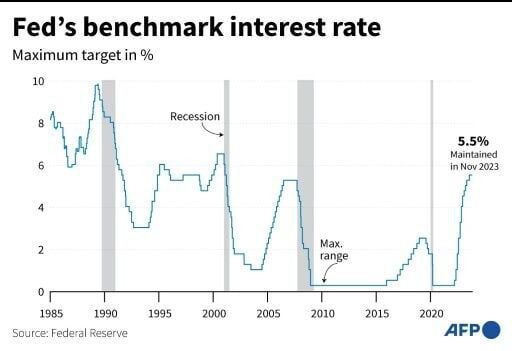
Did Your MultiFamily Lose 40% in Value Today?

Take a $20M purchase price in 2021 with a NOI of $800K. You purchased that asset at a 4% cap rate. Assume today that same asset has NOI of $850K, but the market is factoring in a cap rate of 6% (based on current lending rates). Now, your $20M asset is worth $14.1M. Did you just lose 30% and all of the equity? NO, unless you are selling it right now.
Just like stock portfolios, you can be off 20%+ last month, but that does not mean you lost 20% of your investment. You only lose if you sell it at that time.
Since we are talking about Fed Rates, think about the correlation between a reduction in lending rates and reduction in cap rates. Below are some high level guidelines (potentially, for Q2/Q3 of next year).
The relationship between cap rates and lending rates in multifamily real estate is a dynamic one, and there's no fixed rule for how much the cap rate will drop for every 100 basis points (1%) drop in lending rates. However, there are a few general principles to consider:
- Interest Rates and Cap Rates Correlation: Generally, there's a correlation between interest rates (or lending rates) and cap rates. When interest rates decrease, the cost of borrowing money becomes cheaper, which can increase the demand for real estate investments. This increased demand can lead to lower cap rates as buyers are willing to accept a lower yield due to the lower cost of borrowing.
- Market Dynamics and Sentiments: The exact impact on cap rates also depends on broader market dynamics, investor sentiments, and the specific characteristics of the property and location. For example, in a strong market with high demand for multifamily properties, the impact on cap rates might be more pronounced than in a weaker market.
- Lag Effect: There can be a lag in the adjustment of cap rates in response to changes in interest rates. This means the impact might not be immediate.
- Magnitude of Change: While a 100-basis points (1%) change is significant, the impact on cap rates also depends on the overall economic context and the starting point of the interest rates. For instance, a drop from 5% to 4% might have a different impact compared to a drop from 2% to 1%.
- Investor Expectations and Risk Assessment: Investors’ expectations about future interest rate movements and their assessment of risk also play a crucial role in determining how much cap rates will adjust.
- Historical Trends: Historically, the relationship between interest rates and cap rates isn't perfectly linear or consistent. It's influenced by a multitude of factors, including economic cycles, inflation, and specific real estate market conditions.
Subscribe to our newsletter at info@revisionmasters.us (Huge news coming up!)
